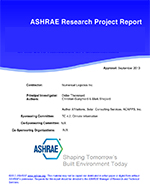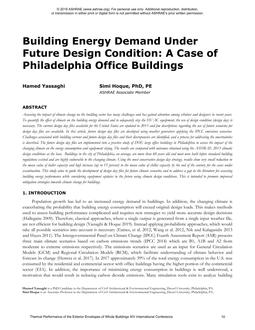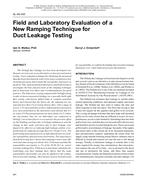Extensive research and development have been conducted to improve CO2 system design, performance and efficiency; however, there is limited data on the system chemistry. This paper presents the results of a research project to experimentally determine the stability and compatibility of candidate lubricants with CO2 and typical compressor materials of construction such as iron, copper and aluminum. Based on criteria such as visual changes, Total Acid Numbers (TAN), organic anion and metal concentrations after aging, it was concluded that mineral oils and alkylbenzene lubricants were most stable in CO2, next came polyalkylene glycols (PAG), followed by polyolesters (POE). At high temperature, naphthenic mineral oil showed higher TAN than paraffinic mineral oil and alkylbenzene. Aged uncapped PAG showed lower TAN than aged dicapped PAG, except when both the moisture level and aging temperature were high. Aged linear POE showed the higher TAN values in all conditions of moisture and temperature, while branched POE showed the lower values, and mixed POE had in-between values. The concentration of iron of aged linear POE was higher than that of branched POE, and aging temperature had a greater effect than moisture on the presence of iron in the aged POE lubricants.
Citation: ASHRAE Papers CD: 2014 ASHRAE Annual Conference, Seattle, WA
Product Details
- Published:
- 2014
- Number of Pages:
- 7
- File Size:
- 1 file , 2 MB
- Product Code(s):
- D-SE-14-C017


